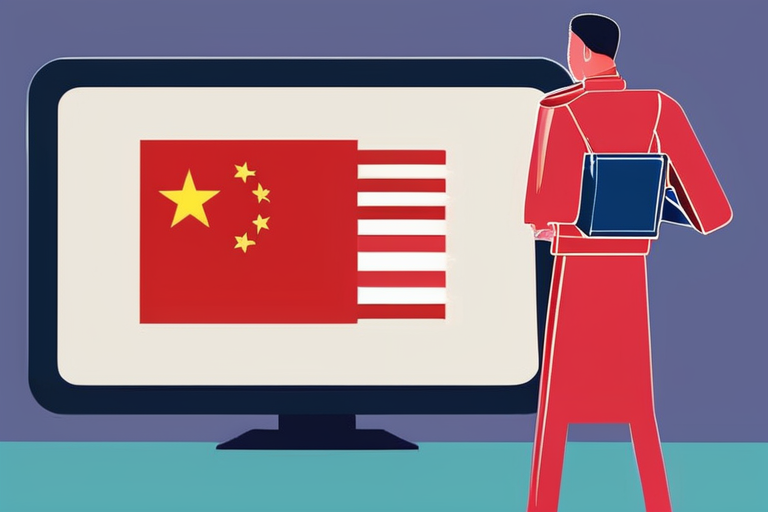China's open source AI models have gained significant traction globally, particularly among businesses in Southeast Asia, which may potentially put the United States at a disadvantage in the AI race. According to industry experts, the growing popularity of these models is largely due to their accessibility and flexibility, which allow companies to customize and integrate them into their existing systems more easily.
At the Fortune Innovation Forum in Kuala Lumpur, Malaysia, several panel discussions highlighted the increasing interest in open source AI models from China. Chan Yip Pang, executive director at Vertex Ventures Southeast Asia, noted that businesses outside the U.S. and Europe are eager to leverage these models due to their cost-effectiveness and the ability to adapt them to their specific needs. "The U.S. has the most capable AI models, but the open source models from China are more appealing to businesses in Southeast Asia because they are more accessible and can be easily integrated into their existing systems," Yip Pang said.
The trend is not limited to Southeast Asia; businesses worldwide are gravitating towards open source AI models from China. This shift is attributed to the growing recognition of the benefits of open source models, including their transparency, flexibility, and cost-effectiveness. In contrast, proprietary AI models from the U.S. and Europe are often seen as expensive and restrictive, limiting their adoption among smaller businesses and startups.
The increasing popularity of open source AI models from China has significant implications for the global AI landscape. As more businesses adopt these models, they may become less dependent on proprietary AI solutions from the U.S. and Europe. This could potentially lead to a shift in the global AI power dynamics, with China emerging as a major player in the AI industry.
Industry experts warn that the U.S. and Europe must adapt to this changing landscape and develop more accessible and flexible AI solutions to remain competitive. "The U.S. and Europe need to rethink their approach to AI development and focus on creating more open and collaborative models that can be easily integrated into existing systems," said Bea Nolan, a colleague who wrote about this phenomenon in a previous newsletter.
The current status of the AI landscape is marked by a growing competition between open source and proprietary AI models. While the U.S. and Europe continue to develop advanced AI solutions, businesses worldwide are increasingly turning to open source models from China. As the global AI market continues to evolve, it remains to be seen whether the U.S. and Europe can adapt to this changing landscape and maintain their position as leaders in the AI industry.

























Share & Engage Share
Share this article